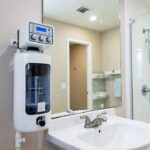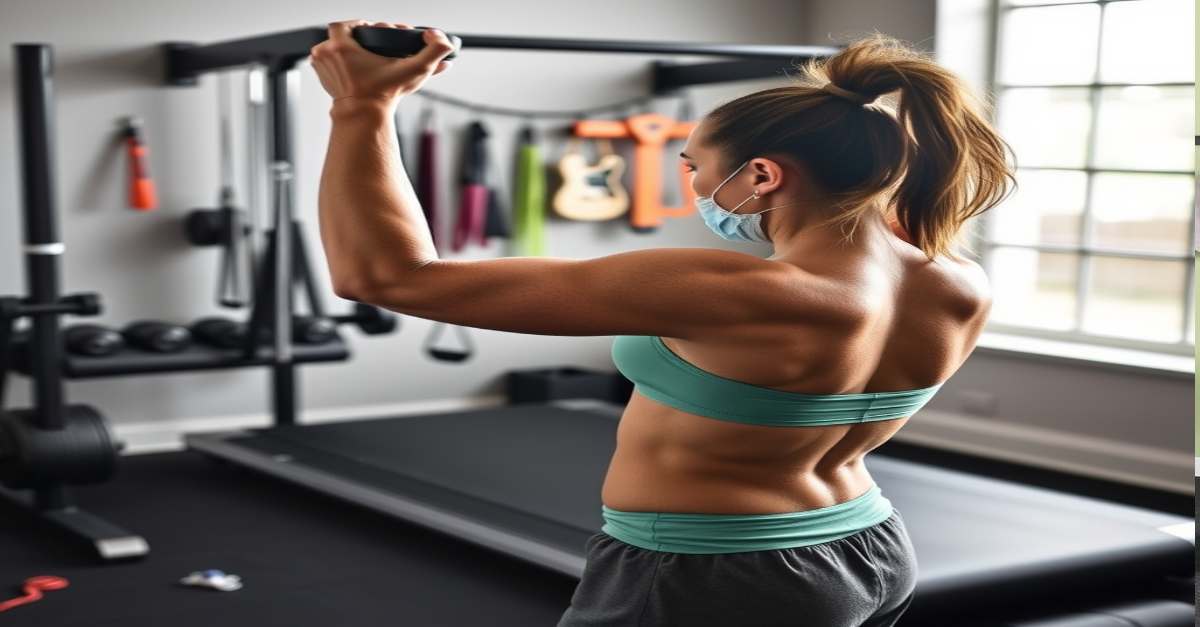This is your ultimate guide to the best workout equipment for your home gym. Whether you’re just starting out or looking to upgrade your setup, we’ve got you covered with a range of options within a $500 – $1,000 budget. Let’s explore each piece of equipment, including comparisons, pros and cons, detailed descriptions, and budget-friendly tips.
Adjustable Dumbbells vs. Kettlebells
Adjustable Dumbbells
Benefits:
- Versatile: Suitable for various exercises like curls, presses, and squats.
- Space-saving: One set replaces multiple individual weights.
- Cost-effective: Spend once for a range of weights.
Pros:
- It is easy to switch weights.
- Takes up minimal space.
Cons:
- It can be bulky.
- It may be less suitable for dynamic movements.
Kettlebells
Benefits:
- Dynamic Workouts: Ideal for swings, snatches, and functional training.
- Endurance and Flexibility: Improves both strength and cardiovascular fitness.
Pros:
- Great for full-body workouts.
- Usually more durable.
Cons:
- It takes up more space if you need multiple weights.
- It can be expensive per weight.
Comparison:
- Versatility: Adjustable dumbbells win for traditional weightlifting.
- Space Efficiency: Adjustable dumbbells are more space-saving.
- Cost: Both can be expensive, but adjustable dumbbells may offer more value.
Resistance Bands vs. Free Weights
Resistance Bands
Benefits:
- Full-body Workout: Suitable for strength training, stretching, and rehabilitation.
- Variable Resistance: Offers different levels of difficulty.
Pros:
- Lightweight and portable.
- Affordable and versatile.
Cons:
- Limited to certain types of exercises.
- It may wear out over time.
Free Weights
Benefits:
- Strength Training: Effective for building muscle mass.
- Range of Resistance: Broad options for weight increments.
Pros:
- Suitable for various exercises.
- Long-lasting durability.
Cons:
- It can be expensive and space-consuming.
- Higher risk of injury without proper form.
Comparison:
- Range of Resistance: Free weights offer a broad range of resistance but are more costly.
- Potential for Injury: Resistance bands are safer and more forgiving.
- Cost-effectiveness: Resistance bands are generally cheaper and more versatile.
Yoga Mat vs. Stability Ball
Yoga Mat
Benefits:
- Cushioning: Provides comfort for floor exercises and yoga.
- Support: Enhances stability and reduces the risk of injury.
Pros:
- Easy to clean and store.
- Affordable and multipurpose.
Cons:
- Limited to floor exercises.
Stability Ball
Benefits:
- Core Strengthening: Excellent for improving balance and core muscles.
- Versatility: Supports various exercises, from stretches to strength training.
Pros:
- Enhances posture and flexibility.
- It is inexpensive and lightweight.
Cons:
- Requires more space.
- More stable for some exercises.
Comparison:
- Core Stability: A stability ball is better for core exercises.
- Versatility: Both are versatile, but the stability ball offers a broader range of exercises.
- Comfort: The yoga mat provides better cushioning for floor exercises.
Jump Rope vs. Cardio Machine
Jump Rope
Benefits:
- Cardio: High-intensity cardiovascular workout.
- Coordination: Improves agility and reflexes.
Pros:
- Compact and portable.
- Extremely affordable.
Cons:
- Requires good coordination.
- It may only be suitable for some.
Cardio Machine (Treadmill, Elliptical, or Stationary Bike)
Benefits:
- Convenient: Indoor cardio workouts, regardless of weather.
- Variety: Different machines cater to different fitness levels and preferences.
Pros:
- Effective for cardiovascular health.
- It provides a stable surface for running or cycling.
Cons:
- It is expensive and takes up significant space.
- Requires maintenance.
Comparison:
- Space Usage: Jump rope takes up minimal space.
- Cardiovascular Benefits: Both are effective, but cardio machines offer a more stable workout.
- Price: Jump rope is extremely budget-friendly; cardio machines can be costly.
Pull-Up Bar vs. Cardio Machine
Pull-Up Bar
Benefits:
- Upper Body Strength: Excellent for strengthening back, shoulders, and arms.
- Core Exercises: Supports various ab and core workouts.
Pros:
- Affordable and space-saving.
- Easy to install.
Cons:
- Limited to upper body exercises.
- Requires a sturdy door frame or wall.
Cardio Machine
(See previous section for benefits)
Comparison:
- Strength Training: The pull-up bar is excellent for the upper body and core.
- Space Usage: The pull-up bar takes up less space.
- Cost: Pull-up bar is more affordable.
Foam Roller vs. Yoga Mat
Foam Roller
Benefits:
- Muscle Recovery: Helps reduce soreness and improve flexibility.
- Massage: Provides a deep tissue massage.
Pros:
- Compact and portable.
- Affordable and effective.
Cons:
- It can be uncomfortable for beginners.
- Limited to recovery and not exercise.
Yoga Mat
(See previous section for benefits)
Comparison:
- Post-Workout Recovery: Foam roller excels in this area.
- Versatility: A yoga mat can be used for various exercises.
Mirror vs. Cardio Machine
Mirror
Benefits:
- Form Checks: Helps ensure proper exercise technique.
- Motivation: Visual progress tracking.
Pros:
- Affordable and easy to install.
- Enhances workout space.
Cons:
- Limited to visual aid.
- Requires wall space.
Cardio Machine
(See previous section for benefits)
Comparison:
- Motivation: Both provide different types of motivation.
- Space Usage: Mirror takes up less space.
- Cost: Mirror is more affordable.
Budget-Friendly Tips
- Sales and Discounts: Look for sales, especially during holidays and end-of-year clearances.
- Second-Hand Equipment: Explore reliable sources for refurbished or second-hand items.
- Adjustable Weights: Opt for adjustable dumbbells and kettlebells to save cost and space.
- Resistance Bands: A cost-effective alternative to free weights.
- Affordable Cardio Alternatives: Use a jump rope or go for outdoor runs.
- Door-Frame Pull-Up Bars: These bars are more affordable and space-saving than standalone bars.
- Gradual Investment: Buy essential items first and gradually add them to your collection.
Conclusion
Building a home gym on a budget means something other than compromising on quality or variety. You can create a comprehensive workout space that meets your fitness goals by choosing versatile, space-saving, and cost-effective equipment. Ready to start your home gym transformation? Explore our recommended equipment and begin your fitness journey today!











